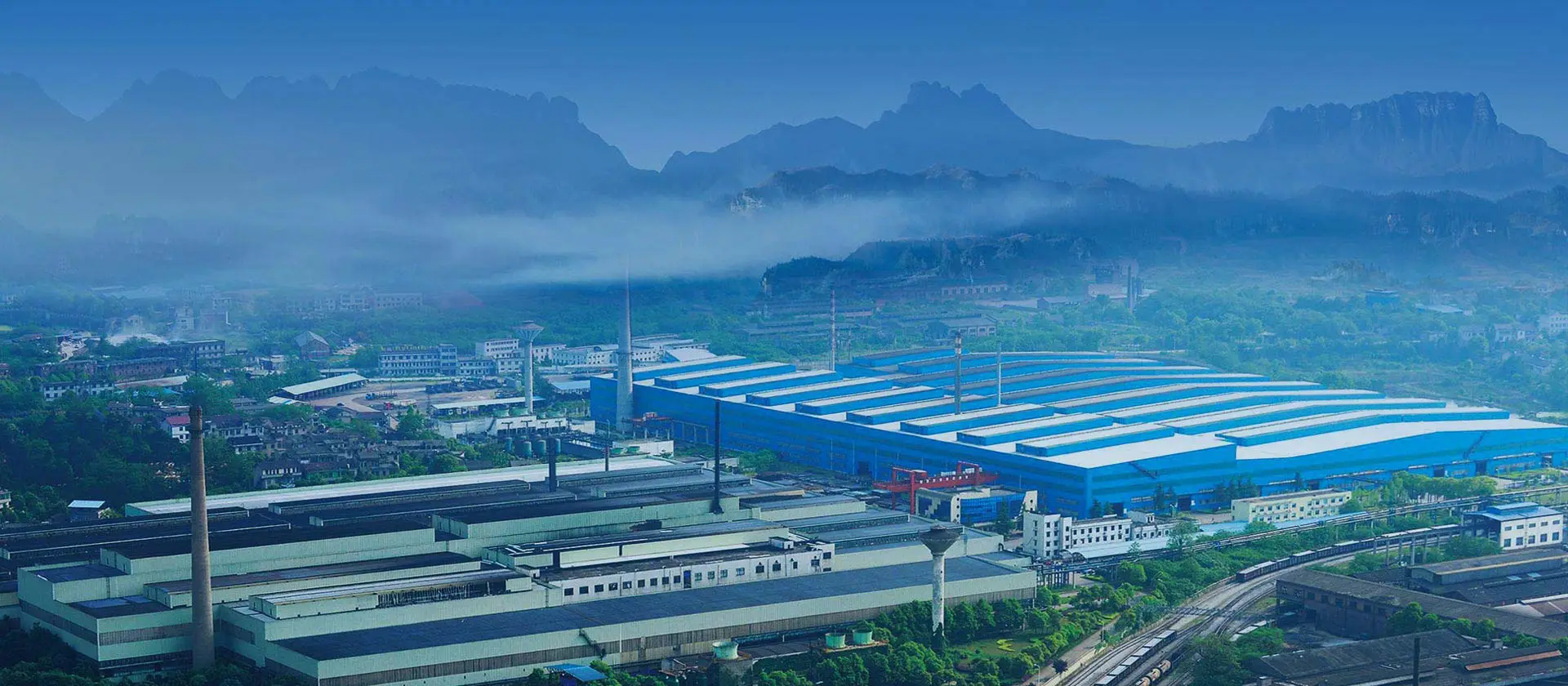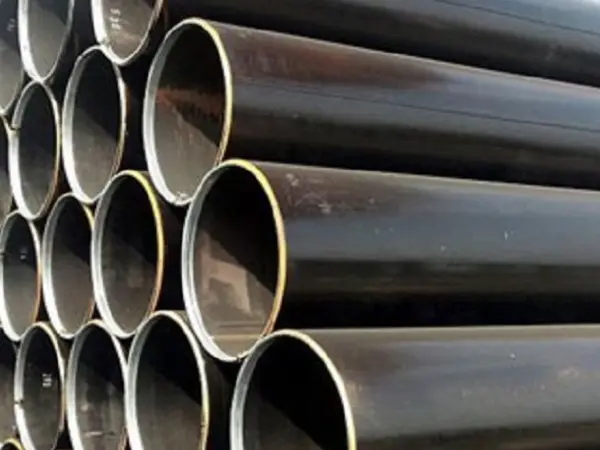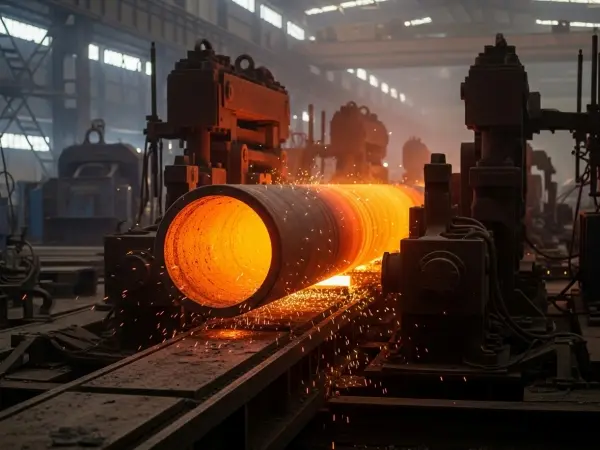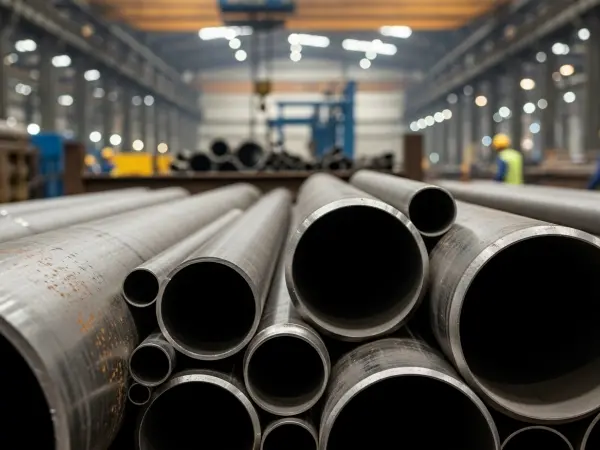
The seamless steel pipe manufacturing process is a precision metallurgical operation used to produce high-performance pipes with uniform microstructure, excellent dimensional accuracy, and superior mechanical properties.
Unlike welded pipes, seamless pipes are produced from solid billets without any welding joints, ensuring homogeneous strength and leak-free performance under high pressure, temperature, or corrosive conditions.
This article provides a comprehensive technical explanation of each stage of the seamless steel pipe manufacturing process, including the metallurgy, mechanical deformation, and quality control methods used in modern pipe mills.
The process begins with round billets made from carbon steel, alloy steel, or stainless steel grades such as ASTM A106, A335, or A312.
Billet chemistry is controlled within narrow limits for carbon, manganese, sulfur, and alloying elements to achieve target properties.
Each billet undergoes:
· Ultrasonic testing for internal soundness.
· Surface conditioning to remove cracks, laps, and inclusions.
· Dimensional verification before loading into the heating furnace.
Typical billet sizes range from 100 mm to 300 mm in diameter, depending on the pipe’s final dimensions.
Billets are heated in a rotary hearth or walking beam furnace to approximately 1150°C–1280°C, depending on steel grade.
Temperature uniformity is critical to avoid eccentric wall thickness during piercing.
Modern furnaces employ PLC-controlled zones and pyrometric monitoring to ensure homogeneous heating and minimize scale formation.
The core step in the seamless steel pipe manufacturing process is cross-roll piercing, where the solid billet is transformed into a hollow shell.
In a Mannesmann piercer, the billet is fed between two angularly set, counter-rotating rolls. Under compressive and rotational forces, the billet’s center experiences high tensile stresses, causing a central cavity to form.
A piercing plug controls internal diameter and wall thickness.
Key parameters influencing quality:
· Roll feed angle: 6–12°
· Roll skew angle: 4–8°
· Piercing speed: 1.5–3.0 m/s
· Plug temperature: 900–1000°C
The resulting hollow shell (mother tube) typically has a wall thickness 1.2–1.5 times that of the target pipe.
After piercing, the hollow shell undergoes elongation in a mandrel mill or plug mill to achieve the desired wall reduction and diameter.
· Mandrel Mill Process: The shell passes through multiple rolling stands with an internal mandrel bar that supports and shapes the inner surface.
· Plug Mill Process: A rotating plug elongates and thins the wall while the tube passes through roll stands.
Precision control of rolling speed, temperature, and reduction ratio ensures consistent wall thickness, concentricity, and grain flow alignment.
After elongation, the pipe is reheated and passed through a stretch reducing mill (SRM) for final sizing.
The mechanical and metallurgical properties of the pipe are enhanced by heat treatment processes such as:
· Normalization (870–950°C): Refines grain structure and homogenizes the microstructure.
· Quenching and Tempering: Improves tensile strength and toughness.
· Solution Annealing (for stainless steels): Dissolves carbides and restores corrosion resistance.
Controlled cooling rates are achieved using air or water quenching systems.
Microstructure evaluation (ferrite-pearlite, bainite, or martensite) ensures compliance with the specified grade requirements.
After heat treatment, the pipe passes through rotary straightening machines to correct any bending.
Surface finishing includes:
· Shot blasting or pickling to remove scale.
· Visual and dimensional inspection to verify straightness, ovality, and surface quality.
Pipes are often cold-drawn to tighter tolerances if required by standards such as ASTM A213 or A519.
To guarantee integrity, the pipes undergo advanced non-destructive testing methods including:
· Ultrasonic Testing (UT): Detects internal flaws or laminations.
· Eddy Current Testing (ECT): Identifies surface cracks and inclusions.
· Hydrostatic Testing: Ensures pressure tightness at 70–100% of design pressure.
NDT results are automatically logged and traceable via heat number tracking for full quality documentation.
Pipes are cut to standard or customer-specified lengths using CNC-controlled cold saws.
Each pipe is marked by stenciling or laser engraving with details such as:
· Heat number
· Size and wall thickness
· Steel grade
· Standard (e.g., ASTM, API, EN)
· Manufacturer’s logo
Final inspection verifies all mechanical, chemical, and dimensional parameters before packaging and dispatch.
The seamless steel pipe manufacturing process integrates metallurgy, thermo-mechanical deformation, and stringent quality control to produce pipes with exceptional uniformity and reliability.
From billet selection to non-destructive testing, each stage is governed by precision equipment and process parameters that ensure compliance with global standards.
Seamless steel pipes produced through this process are indispensable in oil and gas transmission, boiler tubes, automotive axles, hydraulic systems, and high-pressure applications.
The combination of advanced rolling technology and heat treatment makes seamless pipes a cornerstone of modern engineering infrastructure.


